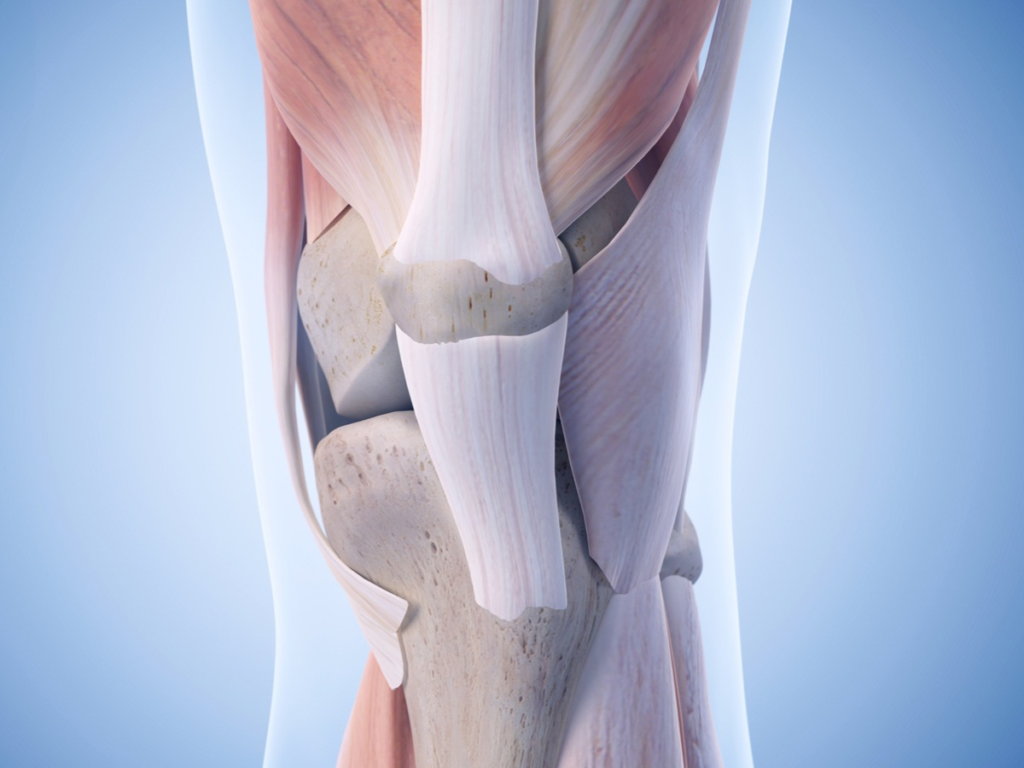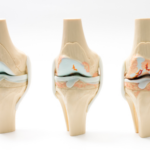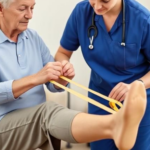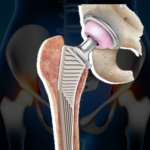
An Anterior Cruciate Ligament (ACL) injury can be a devastating blow for athletes, both physically and emotionally. The road to recovery after ACL reconstruction is a grueling journey, fraught with challenges and milestones that athletes must navigate to return to their sport successfully. This blog aims to explore the intricate process, outlining the hurdles and significant milestones one encounters when aiming to return to sport post-ACL reconstruction.
The ACL is a crucial ligament in the knee that provides stability during athletic activities involving pivoting or sudden changes in direction. When torn or ruptured, it often requires surgical intervention known as ACL reconstruction. The surgery involves replacing the damaged ligament with a graft from another part of the body or a donor graft, followed by a comprehensive rehabilitation program.
Challenges Faced During Recovery
- Surgical Procedure and Initial Recovery: ACL reconstruction surgery is invasive and requires a considerable recovery period. Post-surgery, managing pain, swelling, and initial immobility are key challenges. Patients typically need to use crutches and undergo physical therapy immediately to regain range of motion.
- Physical Therapy and Rehabilitation: The extensive rehabilitation process is crucial for regaining strength, stability, and flexibility in the knee. Physical therapy sessions are intense, focusing on exercises to rebuild muscles around the knee joint while gradually reintroducing weight-bearing activities.
- Psychological Hurdles: The psychological aspect of recovery is often underestimated. Athletes may grapple with fear of reinjury, frustration due to slow progress, or anxiety about returning to their sport at the same level as before the injury.
- Patience and Persistence: One of the most significant challenges is maintaining patience throughout the recovery process. It’s a slow, gradual journey, and setbacks are common, requiring persistence and dedication to the rehabilitation program.
Milestones in the Return to Sport Journey
- Regaining Range of Motion: Achieving full extension and flexion of the knee is an early but crucial milestone. It allows patients to progress to more demanding exercises and activities.
- Restoring Strength and Stability: Building strength in the quadriceps, hamstrings, and core muscles is vital for knee stability. Milestones include achieving muscle balance and stability necessary for sports-specific movements.
- Functional Rehabilitation: As rehabilitation progresses, athletes work on functional movements replicating actions required in their sport. This involves agility drills, plyometrics, and sport-specific exercises to mimic game scenarios.
- Return to Sport Testing: Before returning to competitive play, athletes undergo specific tests and evaluations to assess their readiness. These tests often include strength, balance, agility, and sport-specific movements to ensure the knee can withstand the demands of the sport.
Summary:
Returning to sport after ACL reconstruction is a challenging but achievable goal. It demands patience, perseverance, and a comprehensive approach encompassing surgery, rehabilitation, and psychological support. Athletes must embrace the gradual progression, celebrate milestones, and adhere to their rehabilitation program diligently. Ultimately, with the right mindset and dedication, many athletes successfully return to their sport, sometimes performing even better than before the injury, marking an inspiring triumph over adversity.
In this pursuit, the guidance of professionals like Dr. Saurabh Giri proves invaluable. Their expertise in orthopedic surgery and their ability to tailor rehabilitation programs to individual athletes significantly contribute to successful outcomes. Dr. Saurabh Giri’s knowledge, support, and guidance serve as pillars of strength for athletes striving to return to their sport post-ACL reconstruction.
Ultimately, the return to sport is a testament to the resilience of the human spirit. Athletes who overcome these challenges often return stronger, not just physically but also mentally. Their determination to triumph over adversity stands as an inspiration for others facing similar obstacles, showcasing the power of dedication and perseverance in the face of adversity.




